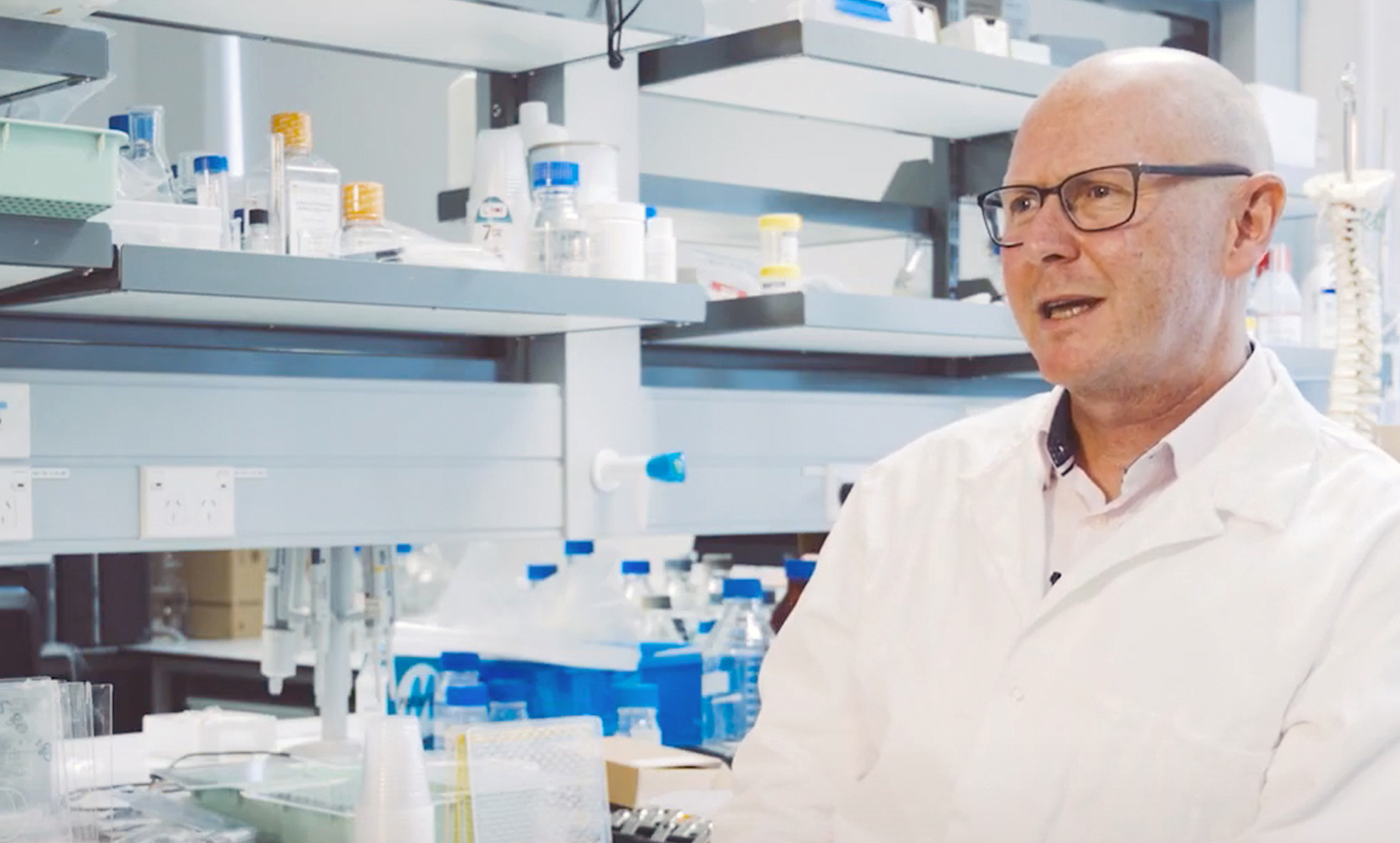As spinal cord injury is a complex condition, it will be crucial to target the many different processes going on in the spinal cord in order to develop the most effective treatment, improving the likelihood of success.
A combination approach using our scar-busting gene therapy
This builds on our previous work showing that removing scar tissue from the injured cord using a gene therapy is beneficial in promoting recovery after injury. We now know that the enzyme we use to break down the scar tissue is involved in the growth of support cells called oligodendrocytes – which are crucial for nerve cells to function correctly and are lost after injury. The aim of this project is to 1) help protect and promote the regrowth of these cells, 2) remove the scar, 3) change the immune system to reduce inflammation, and 4) promote nerve cell growth. Masters student Calvin Young has been carrying out this project and has successfully modified the gene therapy so we can target it to the oligodendrocytes and has shown that we can target these cells successfully (Figure). He is currently testing whether this approach allows the cells to grow in the presence of scar tissue. The next steps will be to see if we can target these cells in our animal model of spinal cord injury and then to promote functional improvement.
A combination approach using a clinically used drug as a treatment for spinal cord injury.
The other project currently underway is testing a drug that not only reduces inflammation but has the added benefit of promoting the growth of the nerve-protecting oligodendrocytes. We believe that having a drug that does both of these things will lead to a more effective treatment. We would ultimately plan to use this drug in combination with other interventions such as exercise rehabilitation. Importantly, this drug is already in clinical use and could be ‘repurposed’ for use in spinal cord injury – speeding up the process, as it has already been through trials in people to prove that it is safe. Honours student Kevin Roy, has just recently completed a pilot study testing the drug in our animal model of spinal cord injury. These results suggest that this drug reduces inflammation after injury and may lead to improved walking in our animals. These results are only preliminary and much more work will be needed to confirm our results, but we think it is exciting that our treatment may be working.



Figure: Image showing expression of our gene therapy (green) in the oligodendrocyte cells (red).
